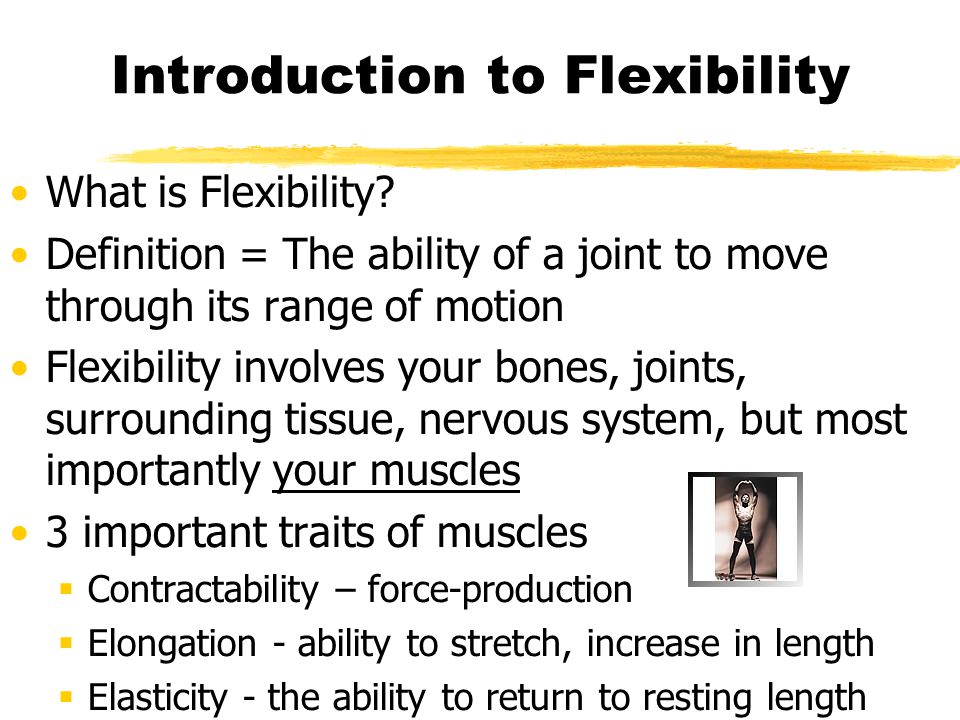
You can get many health benefits from hot yoga. It increases flexibility and is a cardio workout. It can improve skin tone, digestion, and detoxify your body. Avoid hot yoga classes if you have any health issues or cannot tolerate extreme heat. Learn more about the benefits and safe practices of hot yoga.
You may experience fainting, muscle cramping, vomiting, or even nausea from hot yoga. Hot yoga should not be attempted by anyone with low blood sugar or other medical conditions. Hot yoga should not be attempted by pregnant women or people suffering from cardiovascular disease. For anyone who is unsure about the benefits of hot yoga, it is best to stick to a regular class. Pre-existing medical conditions like diabetes and heart disease such as hypertension should also be avoided. People who are sensitive to heat should avoid hot yoga.

Hot yoga, despite its many advantages, can also pose risks. The room temperature should not exceed 100.4 degrees Fahrenheit. However, this is too high for some people. The heat can cause dizziness, lightheadedness or even heatstroke. If you are unfamiliar with hot yoga, it is a good idea to check with your doctor before starting. Before you begin a hot yoga class, consult your doctor if you have any health conditions.
Hot yoga may not suit everyone. You should consult your doctor if there are any concerns about heart disease. However, there are other benefits to hot yoga. It can improve muscle strength which is critical for overall health. The US Department of Health and Human Services recommends doing two hours of muscle strengthening exercises per week. Begin with traditional yoga or a low heat yoga class if you are worried about the potential dangers of hot Yoga.
While most people who practice hot yoga are generally satisfied with the benefits of the exercise, there are some risks that can limit its benefits. A recent survey by Mace Firebaugh found that 49% of hot yoga practitioners reported a better mood, greater flexibility, and lower anxiety. While there are some risks involved, most people who do hot yoga report minimal to no adverse effects.

Many benefits of hot yoga are related to its ability to improve mood. It may be helpful in overcoming depression. It is also a very effective exercise. If you're a beginner, you may want to try hot yoga classes before you try it with a heated class. Alternatively, you can take a beginner class and then advance to a more advanced one. You might prefer to take both.
FAQ
What is the best workout order?
It all depends on your goals. You should start with heavy weights if your goal is to build muscle mass. Then move into cardio. Next, if you're looking to lose weight then switch to strength training.
If you just want to burn fat, start by doing cardio. Add strength training to your workouts.
If you are looking for muscle mass, cardio should be your last option. Cardio stimulates growth hormones and helps build muscle mass.
Also, eat before you workout. This will fuel your muscles and make them work harder. Plus, it makes you feel better during your workout.
What's a good routine for a daily workout?
To stay fit, you need to exercise regularly. It doesn't matter which type of fitness you choose, as long as it is done regularly. Consistency is key. It is important to stay consistent in order to get results.
Begin by starting to do a little bit of physical activity each day (like walking). Then gradually increase the time spent exercising until you spend 30 minutes a day working out. You can choose to run, swim, weight train, do yoga or take aerobics classes.
You should try to ensure that you exercise most days of the week. If you have a valid reason to skip a session, it is best not to.
Make sure to wear appropriate clothing and footwear for outdoor exercise. You also need to consider the weather conditions and whether they affect your ability to exercise safely.
When exercising, ensure you drink lots of water. Drinking alcohol during exercise can cause dehydration. Avoid caffeinated drinks, such as coffee, tea and cola. They will not only give you more energy but also dehydrate you.
After your first exercise, you may feel tired. But if your workouts are continued, you will feel more energetic.
Can I go to the gym 7 days a week?
You can go to your gym seven days a semaine, but not simultaneously. You need to find a time that you are able to do this without feeling exhausted or drained.
This will help keep you motivated and give you energy for other activities.
You should also ensure that your meals are well-balanced. This will ensure you don't feel tired and sluggish when going to the gym.
Last, you must make sure that there isn’t another thing competing for your attention. For example, if you have children, you may want to avoid exercising on school nights as they will distract you from your workout.
What foods should I avoid when trying lose weight?
Avoid trans fats. Trans fats can raise LDL (the unhealthy) cholesterol levels while lowering HDL levels (the good).
Trans fats can also be found in deep-fried food, fast food, packaged bakery goods, snack cakes, as well as other processed foods.
These unhealthy fats can also lead to inflammation, which can cause heart disease and diabetes.
Foods containing artificial sweeteners should also be avoided. Artificial sweeteners may increase your chance of getting cancer.
They are found in everything, from soft drinks to chewing tobacco to candy bars. They are also found in poultry, eggs, meat and fish.
Artificial sweeteners include saccharin.
These chemicals can damage DNA and cause cell death, according to the American Heart Association.
How many times per week should I exercise
It depends on what type of exercise and how much time are available. You should do moderate-intensity aerobic exercise three to five days per week. You shouldn't do too much. You will get the maximum benefits from your workouts if you do not exercise consistently.
Which exercises are best for me?
It really depends on what kind of fitness goals you have. Some people are more focused on endurance activities such as running, cycling and swimming. Others enjoy lifting weights or using resistance bands. There are many types of exercise programs today. Choose an option that suits your lifestyle.
Statistics
- According to the American Academy of Dermatology (AAD), men over 50 are at a heightened risk of developing it. (healthline.com)
- The PRS enabled risk stratification for overall prostate cancer and lethal disease with a four-fold difference between men in the highest and lowest quartiles (HR, 4.32; 95% confidence interval [CI], 3.16-5.89). (pubmed.ncbi.nlm.nih.gov)
- An estimated calorie range for moderately active adult males falls between 2,200 to 2,800 calories per day, depending on age. (eatright.org)
- 10 pounds in a month is likely during a lean bulking phase, especially for beginners. (muscleandstrength.com)
- Get free shipping and 25% off today. (healthline.com)
External Links
How To
How do I lose fat by exercising?
Exercise burns calories by increasing metabolism and oxygen consumption.
Exercise at a moderate intensity to safely lose weight.
These tips will help you burn fat and keep fit while exercising.
-
Cardio exercises include swimming, running or cycling.
-
Three times per week, exercise for 30 minutes.
-
Strength training is a great way to lose weight.
-
Avoid doing intense exercises. You can build muscle without having to lose muscle tissue.
-
Hydrate well during exercise. Water helps to flush out toxins from the body and maintains proper hydration.
-
Choose low-fat protein shakes after working out. Protein shakes boost energy and repair muscle tissue.
-
So you don’t feel hungry, eat smaller meals throughout your day.
-
Don't skip breakfast! Skipping breakfast can cause you to feel tired and sluggish.
-
Mental health is important. Stressful situations can slow metabolism.
-
Keep a positive attitude. Studies have shown that people who are convinced they are overweight gain more weight than those who feel they look attractive.
-
Get enough sleep. Insufficient sleep can make it more difficult to lose weight.
-
Active living is key. Make sure you get up and move every hour.
-
Maintain a healthy diet. A healthy diet will help you feel fuller for longer.
-
Find relaxation techniques. An anxious mind won't allow your body release stress hormones, which can lead to the destruction of muscle tissue.
A balanced diet will provide all nutrients that are necessary for growth.
Instead of eating three large meals a day, eat six smaller meals every day. This gives your body time and energy to process the food.
You need about 500 milligrams of calcium daily to maintain strong bones. Calcium can be found in dairy products such as yogurt, fortified soybean beverages, orange juice, cereals, bread, and cereals.
Calcium comes from leafy green vegetables, beans, tofu, nuts, seeds, and cheese.
Vitamin D is necessary for the body to absorb calcium. Vitamin D can be found in egg yolk, fatty fish, and other fortified foods.
Vitamin E plays an important role in skin health. It's found in vegetable oils, wheat germ oil, peanuts, almonds, sunflower seeds, and corn.
Your body requires zinc to function normally and for wound healing. Zinc is found in seafood, oysters legumes meats, whole grains, whole grains and meats.
Zinc deficiency can cause fatigue, loss of appetite, depression, and impaired immunity.
Eating too much sugar causes insulin resistance, which increases blood glucose levels. Insulin resistance leads to weight gain.
Insulin resistance occurs when the bloodstream is full of free radicals. Free radicals are molecules containing unpaired electrons which cause damage to cells membranes.
Food additives, pesticides and herbicides, as well as preservatives, smoking and radiation are all sources of free radicals.
Free radical damage can lead cancer, heart disease or diabetes, arthritis, asthma, or other forms of aging.
The best way to avoid free radicals is to eat a balanced diet high in antioxidants. Antioxidants protect against oxidative damage.
Vitamin C can be found in citrus fruits. Beta carotene can be found in carrots. Sweet potatoes. Tomatoes. Carrots. Sweet potatoes. Spinach. Broccoli. Cantaloupe. Vitamin E is found in nuts. Olive oil, avocados.
Selenium, copper and manganese are all antioxidant nutrients.
Selenium helps to protect cells against free radicals and oxidative stress. Selenium can be found in Brazil nuts and liver, kidneys, liver, kidneys, shrimp, cod, turkey and lamb as well as chicken.
Copper protects the brain, eyes, lungs, and red blood cells. Copper is also found in poultry, meat, and organs.
Manganese, an essential component of bone strength, is crucial. Manganese may be found in brown rice or spinach, bananas and prunes as well raisins, oatmeal and lentils.
Zinc helps with normal growth, reproduction, as well as wound healing. Zn can also be found in white fish, lean cuts of meat, poultry, and eggs.